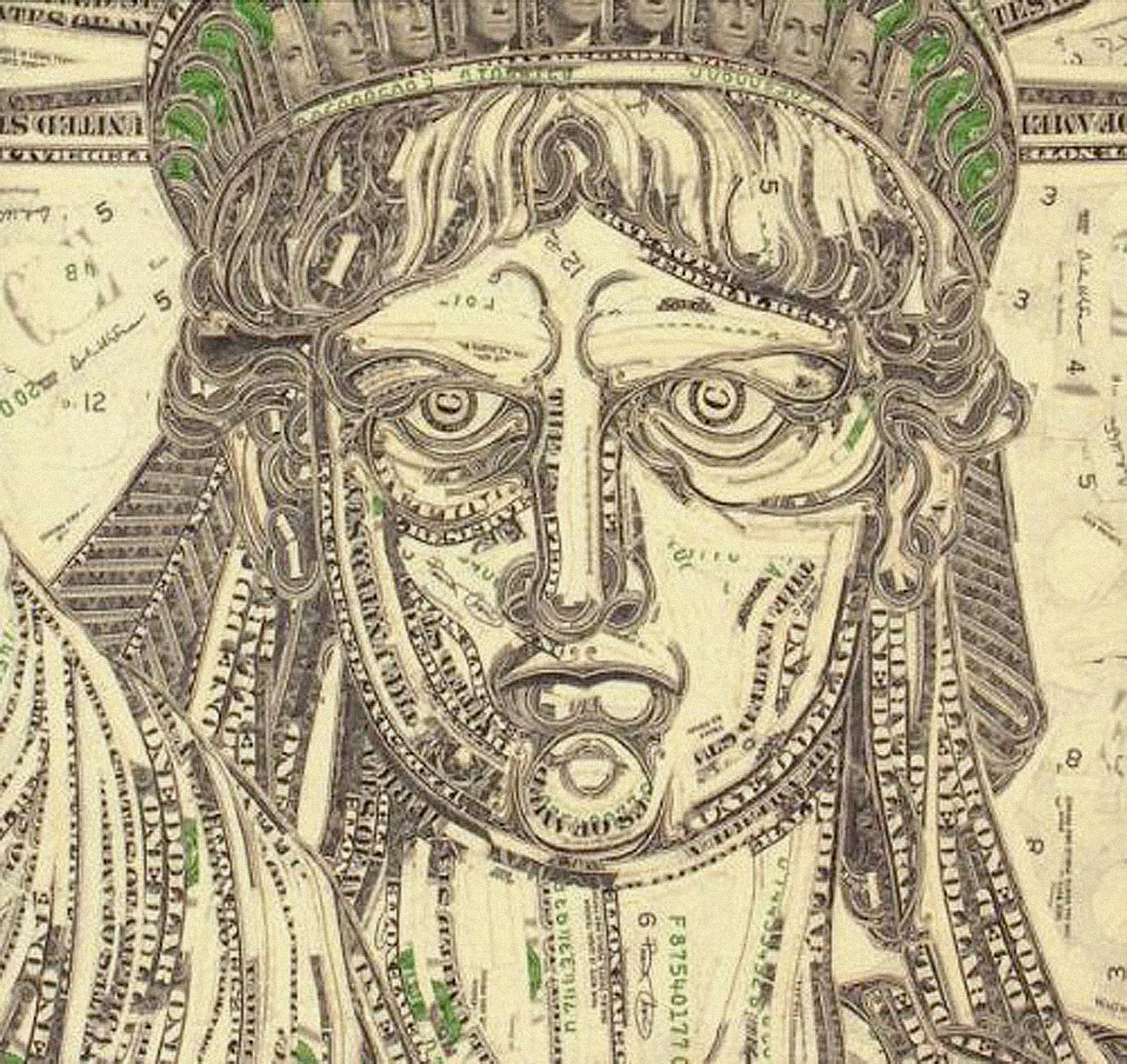how big is a billion? sounds like a simplequestion, right? one that has a simple answer, probably. you may think you already know!but if you’re human, and i assume that you are, translating this knowledge of a billionfrom an idea into a real world size is almost impossible. let me show you. i need somethingsmall. the dime is the smallest of all the us coins,only 1.35mm thick. so let’s use a dime’s thickness as a unit of measurement to helpus understand really big numbers by taking a stack of dimes, laying it on its side, andseeing how far away the top of the stack ends up from our starting point. i’m in salt lake city, utah, at the utahstate capital. and here is our starting point,
0. which puts 1-dime thickness almost right nextto it. ten-dimes is still pretty close by, right about here, and 100 dimes is still withina hand’s reach. 1000 dimes is right here. a little furtheraway, but still pretty close. this tube has 1000 dimes in it, so i’m goingto keep it with me as a reference as we move further away. here’s the ten thousand mark. one hundred thousand. way over there you canstill see our starting point. but say goodbye, because that’s the last time we’ll seeit on this trip. let’s take a walk.
one million dimes. our starting point is akilometer and a half, or 0.8 miles, back that way. which would put a billion dime mark…i’m going to need my car. welcome to iowa western community college,in council bluffs, iowa – one billion dimes away from salt lake city. that’s a distanceof 1350km, or 839 miles, about that way. to put that in perspective, let’s go to a map: the billion dime circle centered on salt lakecity runs from the heart of the midwest into the pacific ocean, and from central albertacanada, to northern mexico, covering an area of 5.7 million square kilometers, or 2.2 millionsquare miles. so why is it, then, that when we look at theedge of a dime, we can easily figure out how
big a stack of ten or a hundred would be,but can’t immediately figure out where a stack of a billion of them would end? theanswer is, we’re complicated. our brains can’t make sense of really bignumbers because for hundreds of thousands of years of evolution, they haven’t hadto. until the last 4,000-5,000 years or so, at human scale there’s never really beenmore than a couple hundred of something that actually mattered. so instead our brains evolvedto understand that beyond a certain point it’s not how many of something that matters,but that there is many of something. but as math and science have progressed, weneeded to describe just how big or how small a numbers really is, and whether it’s comparableto another number. part of the solution is
to describe a numbers as being of a certainorder of magnitude. a number that is ten times bigger or smaller than another differs by1 order of magnitude, a hundred times bigger or smaller is 2 orders, a thousand is three,and so on. orders of magnitude give us sliding scalethat we can use to center our brain’s natural understandings, in tens and hundreds. butwhile convenient, this creates the problem that it’s hard to bring our understandingback into a context of real scale. it’s easy to assume that one million makes a bigdifference in the context of a billion, or a trillion, because to our brains they’reall really big numbers, and only differ by a few orders of magnitude.
but in reality, a million to a billion islike one dime to this thousand-dime stick, almost unnoticeable. and a million to a trillion,well that’s like this stick to the total distance back to utah. which is to say…basically nothing. for tech laboratories, i’m tech adams, sayingkeep thinking, and thanks for watching. so where’s a billion dime thicknesses fromyou? i’ve put a link in the description where you can click on a map and find out.let me know on facebook, twitter and instagram, and then subscribe to tech laboratories formore videos on science and technology. see you next time! so where’s ten billion? australia! are wedriving?

0 Comment
Write markup in comments